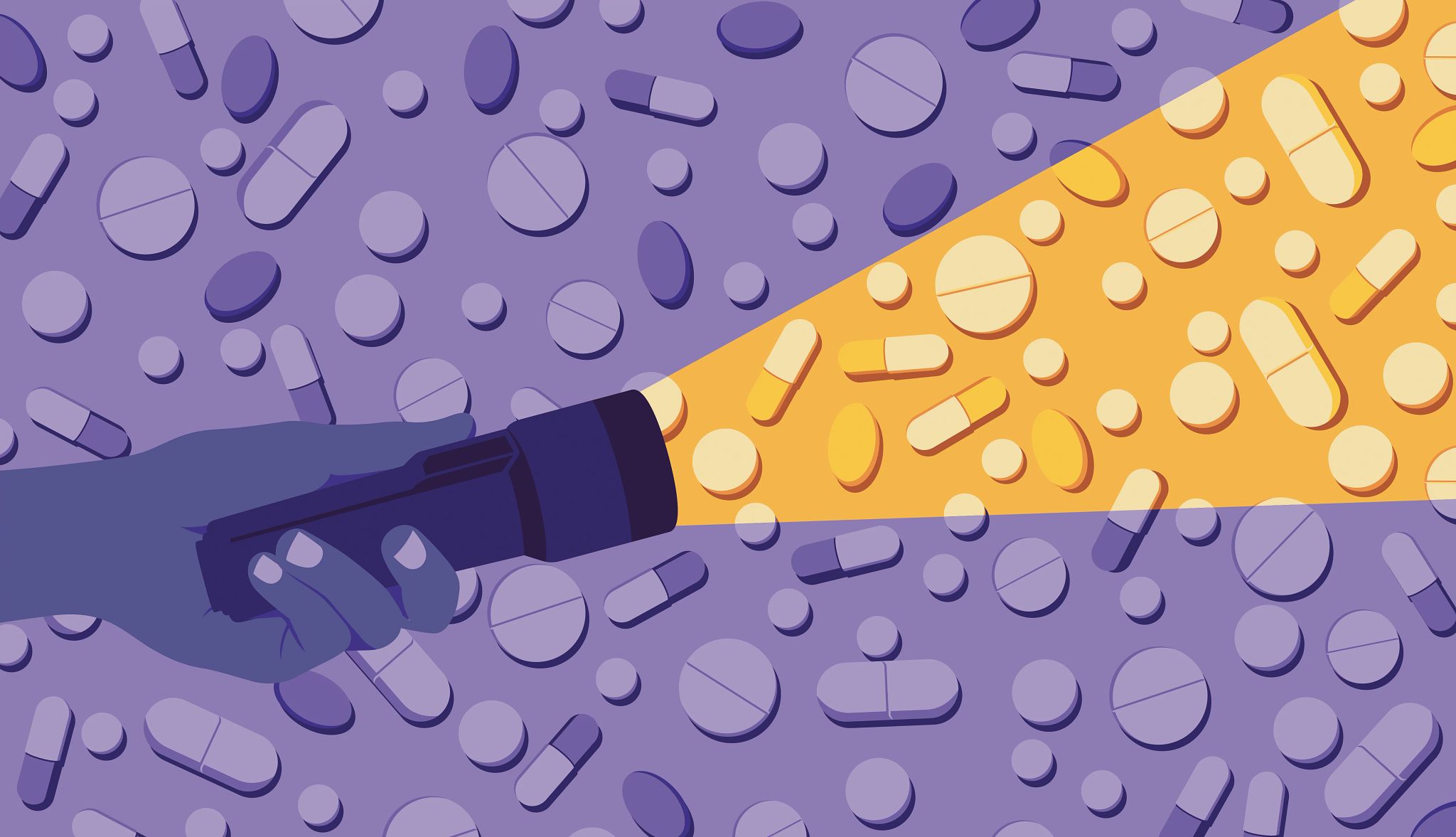The new $2,000 cap — a provision in the AARP-backed prescription drug law signed in 2022 — took effect Jan. 1 and will be adjusted each year along with the other parts of the Part D benefit.
"AARP members from across the political spectrum overwhelmingly call lowering prescription drug costs a top concern and this new out-of-pocket spending cap will provide critical savings, allowing people to redirect money toward their families, broader health needs, or financial stability," Nancy LeaMond, AARP executive vice president and chief advocacy and engagement officer, said in a statement. "As the voice for 100 million Americans aged 50-plus, AARP remains committed to ensuring this law is fully implemented and continues to lower drug costs for seniors for years to come."
2. The coverage gap — or ‘donut hole’ — will finally close
The original Medicare Part D benefit had a coverage gap, also called the “donut hole,” where enrollees were responsible for 100 percent of their prescription drug costs. This cost-sharing amount was eventually lowered to 25 percent. Even still, many enrollees who reached the coverage gap faced higher out-of-pocket costs while they were in that part of the benefit.
In 2024, Part D enrollees entered the coverage gap after their total prescription drug spending reached $5,030. Once they hit that amount, they were responsible for up to 25 percent of the cost of their medication until their out-of-pocket expenses reached $8,000 and pushed them into catastrophic coverage.
The prescription drug law that created the new $2,000 out-of-pocket spending cap also eliminates the coverage gap, simplifying coverage for enrollees.
As of Jan. 1, a person has the same cost-sharing from the time they meet their Part D plan deductible until they reach the new $2,000 out-of-pocket cap. At that point, they’ll be off the hook for any additional out-of-pocket expenses for their covered prescription drugs for the remainder of the calendar year.
3. You can spread your drug costs throughout the year
In an effort to bring some relief to people on high-priced medications — especially those who might hit the new $2,000 limit in the first few months of the year — Part D enrollees now have the option to enroll in a new payment program that spreads their out-of-pocket expenses throughout the year, instead of potentially paying them all at once.
How AARP is fighting for lower drug prices
AARP is your fierce defender on the issues that matter to people 50-plus, including lowering prescription drug prices. Read more about how we’re fighting for you every day.
For example, someone who takes a prescription drug that costs $5,000 a month would pay $2,000 in January and nothing else for the remainder of the year. But coming up with $2,000 all at once can be difficult, so this program allows you to pay it in monthly installments.
Meena Seshamani, M.D., former director of the Center for Medicare, told AARP last year that this payment plan isn’t for everyone. For example, it doesn’t make much sense for someone with low or manageable monthly medication expenses. It’s also less beneficial to people who sign up for the plan later in the year, when there are fewer months to spread out the payments.
If you enroll in the payment program — and you can enroll any time throughout the year — you’ll receive a monthly bill for your medications from your drug plan. This bill will be separate from the monthly bill for your plan premium if you have one.
Just know that the payment plan won’t save you money on your prescription expenses, but it will help ease the burden of paying a large lump sum up front at the pharmacy counter.





































































More From AARP
7 Medicare Changes You’re Seeing in 2025
Lower drug costs, coverage changes and new benefitsMany Older Adults Skip Meds Due to Cost
High Rx prices are impacting the health of people 65-plus5 Things to Know About Pharmacy Networks and Rx Costs
Your medications may be less expensive at certain pharmacies